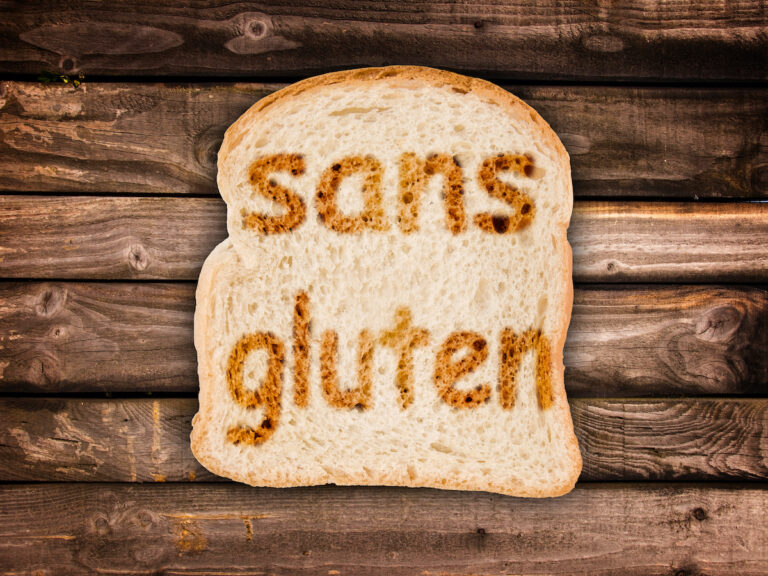Understanding the maelstrom that is European football can be an overwhelming task.
There are a lot of leagues and competitions to keep straight, and even something as simple as a team’s name can overwhelm newcomers (Althletic Bilbao? AFC Ajax?). But with a little bit of legwork and the help of a slick internet “guide”, you will soon be a savvy Francophile footy fan. So, here’s what you need to know to understand what the hell is going on with soccer in France.
Let’s start with the basics. Teams.
Most teams (aka clubs) are named after their location. That can be a city (FC Nantes) or a district within a city. Paris, for example, has Paris-Saint-Germain FC (PSG) for Saint-Germain-des-Prés, Paris FC for Paris proper, Stade France Paris in a Parisian suburb, and Red Star from Saint-Ouen. The most befuddling team names have other non-city words in them, like Stade Rennais FC (stade meaning stadium.) Marseille’s team Olympique de Marseille took on that name in 1899 in honor of the anniversary of Marseille’s founding by the Greeks. (Olympique in reference to the olympics.)
Teams are owned by international billionaires and sponsored by companies. French billionaire Francois Pinault owns Rennes’ team (sponsored by Samsic). Qatari royalty and businessman Nasser Al-Khelaifi owns PSG (sponsored by Air Emirates).
How many teams are there in France?
France’s professional football scene is comprised of Ligue 1 and Ligue 2, each with 20 participating teams that operate on a system of promotion and relegation (more on that later). There are also semi-pro and amateur clubs in France. Overall, over 18,000 clubs are registered with the governing body Fédération Française de Football (FFF), making football France’s most popular sport.
How do teams compete?
Within countries there are leagues. League seasons run from August to May, during which each team plays every other team in its league two times (once at home and once on the road). A win earns a team three points, while a tie earns a team one point and losing teams get no points. The league standings are called the championnat, (table) and at the end of the season the team with the most points is crowned champion of the league.
Which French teams are the best?
Although Marseille, Saint-Etienne, Lyon, and Monaco have all had bouts of success in the past, it’s PSG that has recently dominated the Ligue 1 championnat, winning the championship of Ligue 1, L’Hexagoal, four years in a row. Fueled by Qatari investments and the signings of world-class players like Zlatan Ibrahimovic and Edinson Cavani, the club trounced the competition last year, finishing over 30 points ahead of runner-up Monaco.
The current Ligue 1 championnat, however, suggests that this season may be different. PSG suffered a major blow with the transfer of captain Zlatan Ibrahimovic and loss of manager Laurent Blanc, and now finds itself tied with Monaco for second while Nice sits at the top of the championnat. Perhaps the competitiveness of Ligue 1 has been restored, but it’s more likely that PSG just needs time to adjust to the loss of their leading goal-scorer.
If the league winner is predictable, why do fans still pay attention at the end of the season?
European football fans shift their focus toward the bottom of the championnat as the season draws to a close, because at the end of each season, the lowest-finishing three teams of the top league are relegated—sent down to a lower division—while the top three teams from a lower league are promoted to take their spots.
Contrarily, in American sports we see bottom-tier teams coasting to the finish and even losing games on purpose in order to secure better draft positions for the following year. In Europe, the prospect of relegation forces desperate clubs to fight harder than ever at the end of the season just to ensure that they remain in the league. For clubs, relegation battles are high-stakes: relegated clubs lose around $30 million the following season due to lost TV revenue.
What about playoffs?
While European countries don’t hold playoffs like in the U.S., they do have a knockout competition for domestic teams called a Cup. France has the Coupe de France, England has the FA Cup, Spain has the Copa del Rey – while they all have different names, all cups share the same idea: a big tournament that includes A LOT of teams.
The rules vary, with some associations permitting all clubs to enter the tournament, and others restricting the competition to certain leagues. Cup matches begin as the regular season unravels, with matches happening in the middle of the week to avoid conflicting with league matches on the weekend.
Similar to college basketball’s March Madness, the high number of teams means there is always the possibility for an underdog team to pull off an upset. In 2000, an amateur club from Calais made a Cinderella run all the way to the Coupe de France final, beating professional teams like Lille and Bordeaux in the process. Recently, professional teams have dominated the French Cup. In 2016, PSG defeated Marseille 4-2 to take home the trophy.
What happens if you win those tournaments?
After taking into account the League winner and Cup winner, we have a pretty clear picture of which teams are the best and worst in any given country, but competition doesn’t stop there. The top clubs from each country move on to the UEFA Champions League, Europe’s premier competition and widely considered the most coveted trophy in club football. In this case, “league” doesn’t refer to a domestic competition, but rather a tournament played out among Europe’s top sides.
Through a complex system involving coefficients, UEFA (the Union of European Football Associations) selects 32 teams for the Champions League tournament, placing them into eight groups of four. Starting in September, each team plays the other members in its group (the group stages) two times—once at home and once on the road. In December, the winner and runner-up of each group move on to the knockout stages. This is where soccer is at its most exciting: teams are paired up and play two games, with the winner moving on and the loser being eliminated, until the Champions League final is determined. The final is held as a single game, and—unless it’s a world cup year—this game is the most important game of the year, with the winner of the final being crowned champion of Europe.
Unfortunately for French fans, the last time a French club won the Champions League trophy was 1993, when Marseille bested AC Milan 1-0. This year, however, two French teams are fighting it out in the group stages of the Champions League. Halfway through the group stages, PSG is tied for 2nd in its group and looks likely to advance to the knockout stages, while struggling Lyon finds itself in a three-way tie for 6th place of its group, unlikely to advance.









